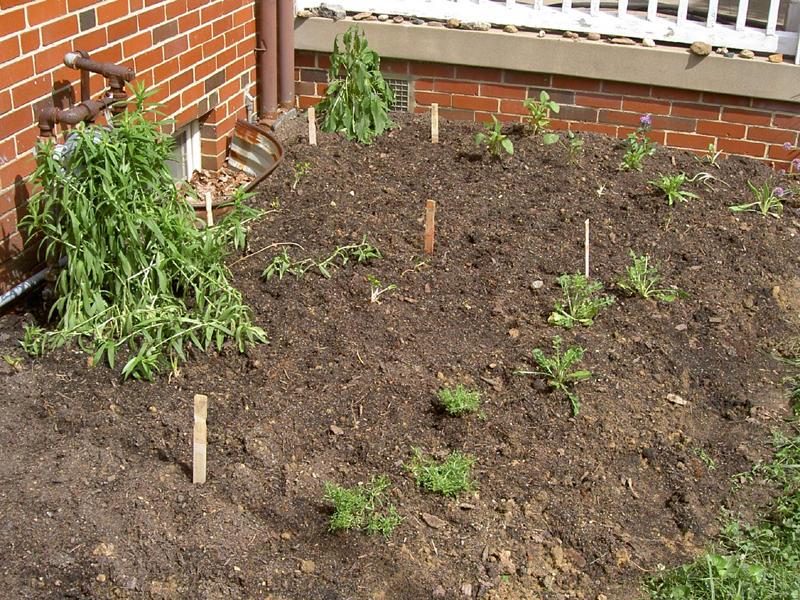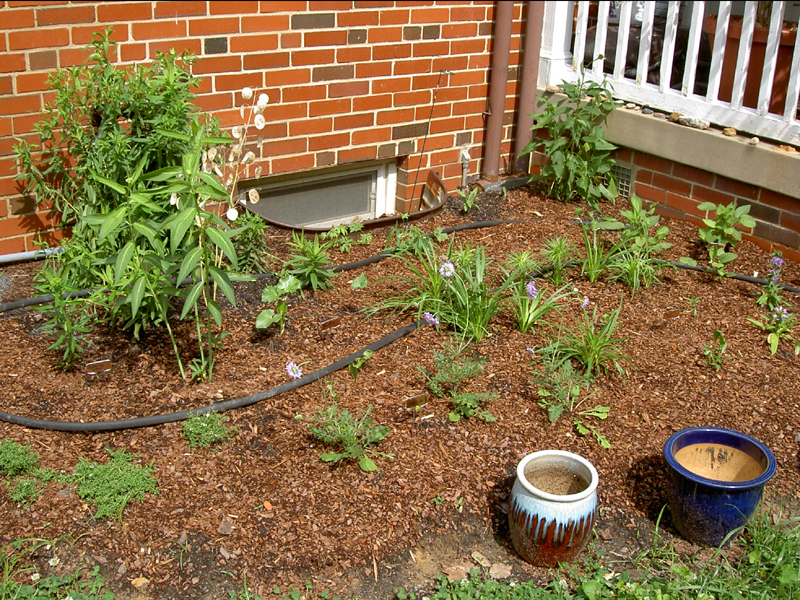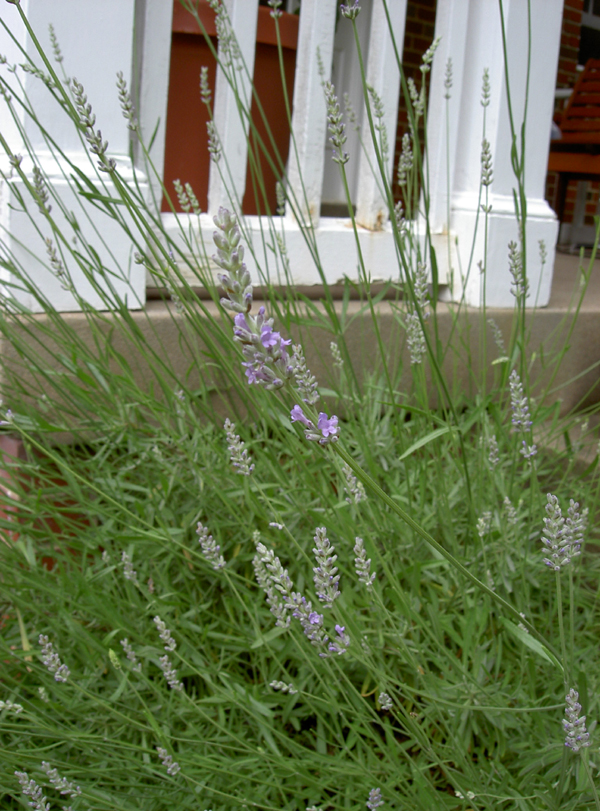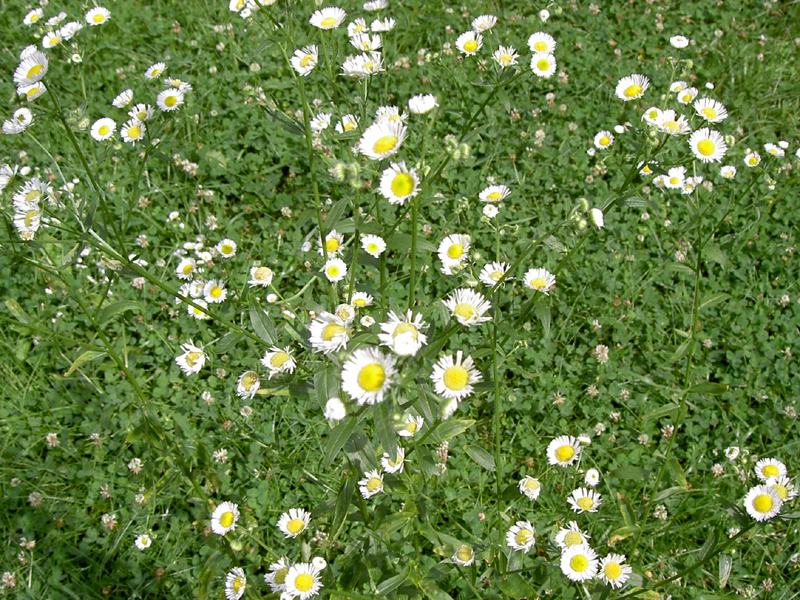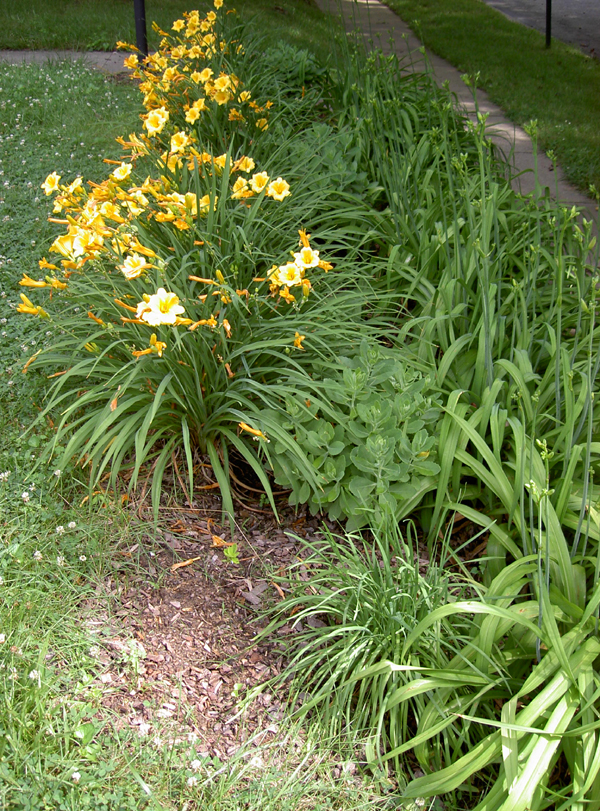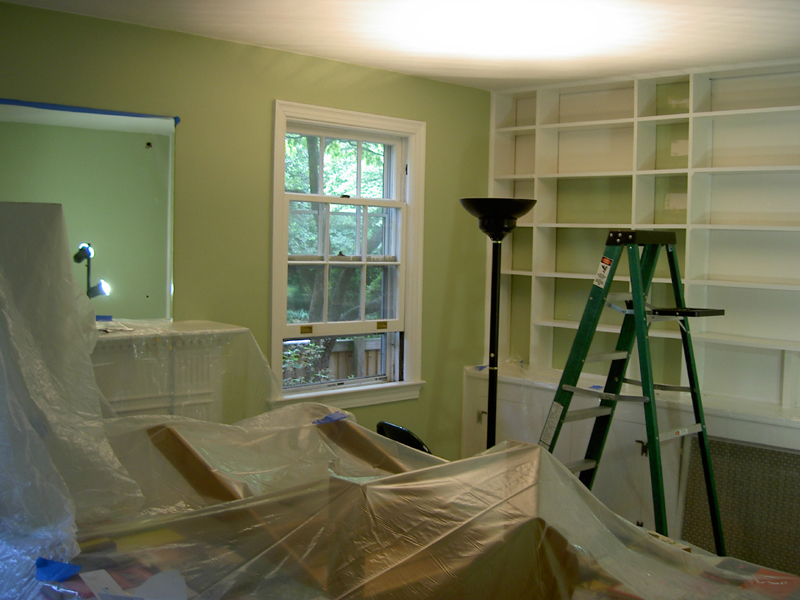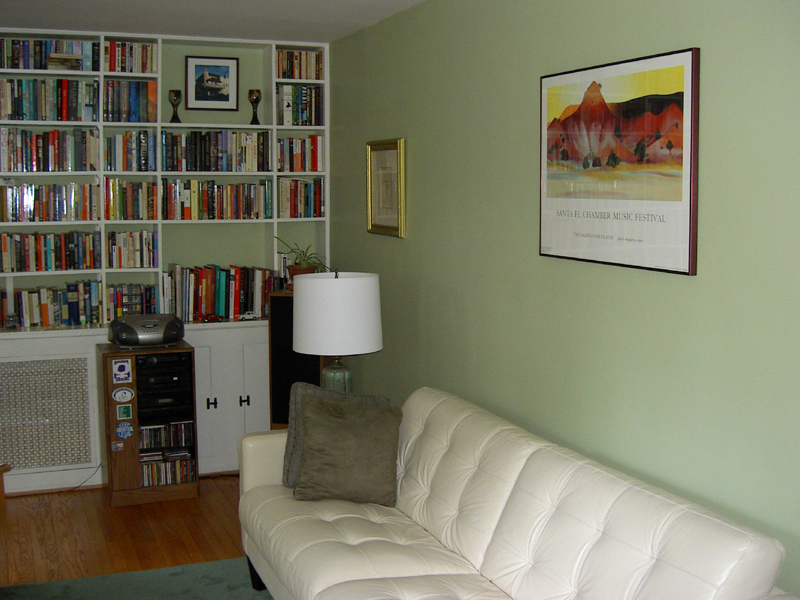Like most people my age, Thriller was my first album. My dad got it for me for Christmas that year and claimed it came from Santa. Before then, I only knew Michael as one of the voices of Motown on the holiday album we played every year on Christmas morning, whom I was just old enough not to believe in anymore but not able to fully interrogate on account of a younger brother who was still a true believer. That year, we played Thriller. I fell in love with the entire thing, from the first addictive beat of track one all the way to the crooning fadeout of track nine. I became expert at putting the needle on the record in just the right places to listen to The Girl Is Mine over and over, far more careful of scratching this record than I’d been with my parents’ Led Zeppelin or Helen Reddy, favorites that were quickly displaced. When we traveled to my grandparents’ house later that day, I brought the album with me, just the first of many days that Michael Jackson and I were inseparable. In one of my all-time favorite photos of me as a child I am standing in my grandparents’ living room, wearing the enormous padded headphones my grandmother made my grandfather use when he watched soccer. The headphones are plugged into the stereo-hidden-in-a-console, already by that point my favorite piece of furniture, which I was actually being allowed to use for the first time because I had a record of my own to play. I am wearing a raglan-sleeved baseball-shirt-type nightshirt, and my grandfather is looking over my shoulder as I intently sing along by reading the liner notes (the side where Michael and Paul are pulling the girl apart, in the drawing Michael did himself, which is perhaps the most impressive thing about the whole experience for me).
For most of that year, and much of the years to follow if we’re honest, I listened to Thriller as much as I could. I played it on the stereo that I wasn’t really supposed to use when my parents were at work, turning it up louder than we were really supposed to in the duplex so that I could hear it out the windows on the front lawn. I learned the Beat It steps from the girl next door, who had cable and therefore the ability to see the Beat It steps, and when she moved away I practiced them by myself in the living room. When kids in my class had birthday parties at the skating rink, we all skated our most suave to Billy Jean. Most of all, during those years, we coveted the inimitable red jackets covered in zippers of the rich kids.
It was an embarrassment to us when Michael’s hair caught on fire, because what was he doing pimping Pepsi when everyone knew Pepsi sucked, New Coke or no New Coke. By the time he put out Bad, we were old enough that our younger brothers and sisters were more into Weird Al’s satire (about which we were actually pretty proud, since it just proved what awesome songwriting abilities MJ still had). Eventually, though, it got to be too much: the hair and the nose and all the ugly stuff around kids. We ceded him to the Japanese teens (about whom we were actually pretty happy because it proved that MJ still had it going on even if it was painfully clear that he was way too uncool for us to be associated with anymore, especially now that we had discovered punk, wave, and hardcore). Of course, there were diehards, and we lived vicariously through their devotion, mocking them even as we suffered willingly through yet another playing of Dangerous in the car.
And then we were grown, and MJ became the stuff of tabloid stories involving Elvis’s daughter (about which we were actually pretty accepting, because it proved that someone could still see the spirit we’d loved inside the man about whom we’d come to feel so awkward). We still paid homage to his musical greatness at parties when it was just late enough and we were just drunk enough to be able to rock out to Thriller like we were eight again, or at karaoke where it was a matter of pride to be the one best able to belt out The Way You Make Me Feel. Or maybe my friends just indulged me; it’s true that they were remarkably okay with me claiming their Thriller CD as my own, when I was so obviously ecstatic to be reunited after years without a turntable on which to play my first love.
So, Michael, thank you. Thank you for being the hip highlight of my childhood. Thank you for setting the bar so high as the King of Pop that 90s top 40 never stood a chance. Thank you for hanging in and not dying on a toilet seat.
Tonight I got an extension cord out of the basement and played that nicked Thriller CD on the boombox on the porch while I deadheaded the front flowerbeds. When I was done after side one, I sat on the porch and watched the fireflies come out, thinking about Indiana and the eighties and way music gets inside you and becomes intertwined with the small moments of your own family. One of the college kids across the street came home and sat on his stoop talking on the phone until the end of the album. As he went inside and The Lady In My Life came to a crooning end, I poured out a shot of my best Scotch (Inchgower, 22 year old single malt, cask strength) and had a moment of silence for the man. May you finally have some peace, Michael. Really, that’s all we ever wanted for you.
And who knows: maybe I’ll visit Neverland Ranch one day; maybe I’ll even buy a velvet painting.
